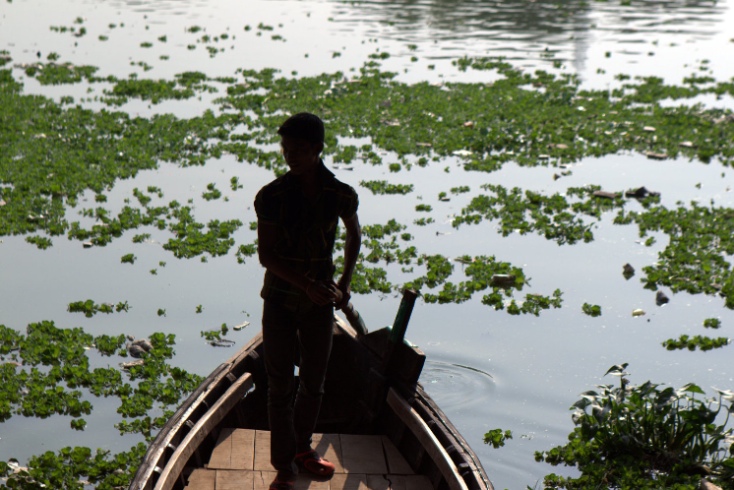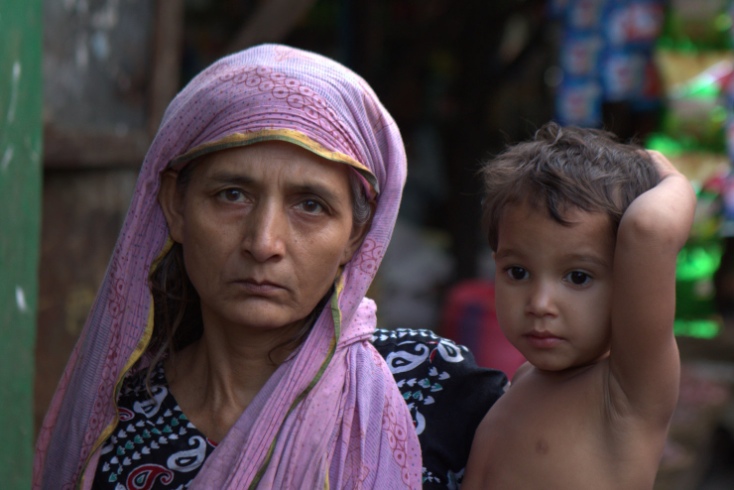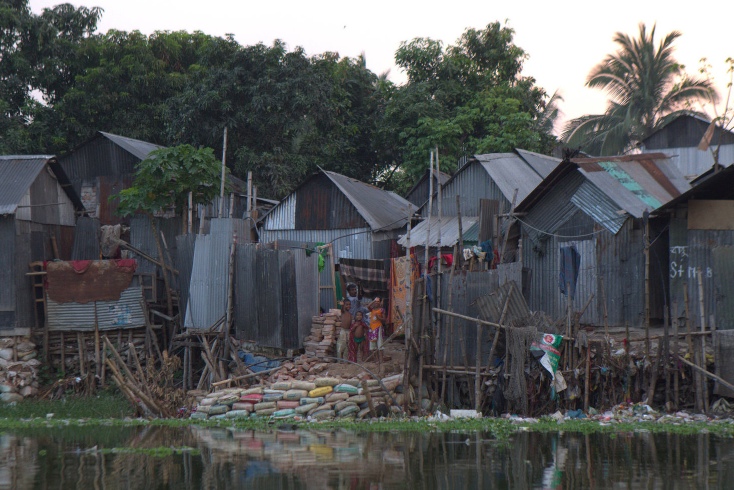
April 24, 2013. A hartal (strike) prevented me from traveling outside of Dhaka so I decided to visit Korail, the largest of Dhaka’s informal settlements, by taking a tuk-tuk and then crossing Gulshan Lake by boat. Three million people are estimated to live in Dhaka's slums.
It turned out to be the same day that, in another section of Dhaka, Rana Plaza collapsed, killing more than 1100 people. The world focused its attention on issues of building standards for factories. But where was the attention on the living conditions of people who lived in Dhaka’s slums?
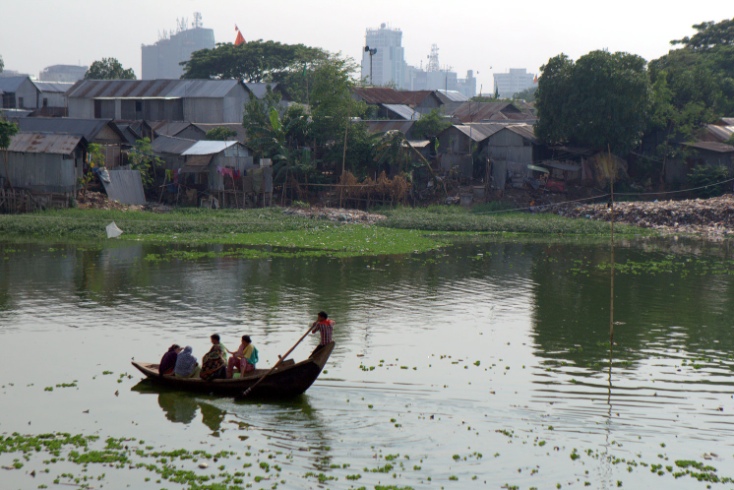
Dhaka has the highest population density of any city in the world. There are times when it feels that you cannot move, cannot breathe.
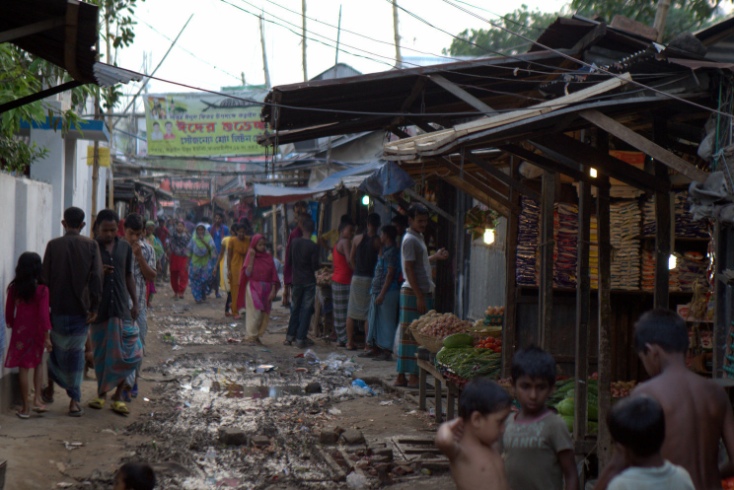
Despite the fact that Bangladesh is one of the world’s poorest countries and land prices in Dhaka approach that of New York and London, people keep coming and coming. Why do they come? Where do they go? They come in search of a better life, because they are displaced by changes in the agricultural sector or because they are victims of a natural disaster. They go to where they know someone, to where they can find a piece of land to build upon even if they do not own it or find a small, illegally built rental unit that they can afford.
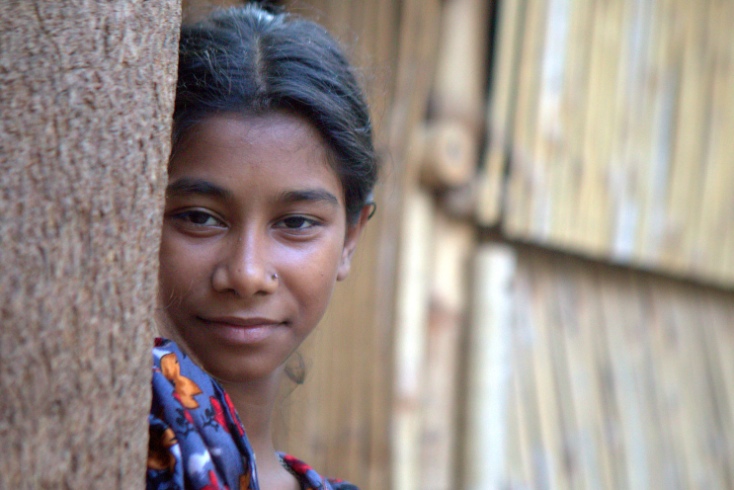
As I looked down a narrow street, none of the structures I could see looked sound. They were hand built with whatever materials can be found or bought cheaply- corrugated tin or plywood with wood posts. Many of the original one story structures have been built upon, increasing the risk of a tragedy if a flood or an earthquake were to occur, both of which are common in this part of the world.
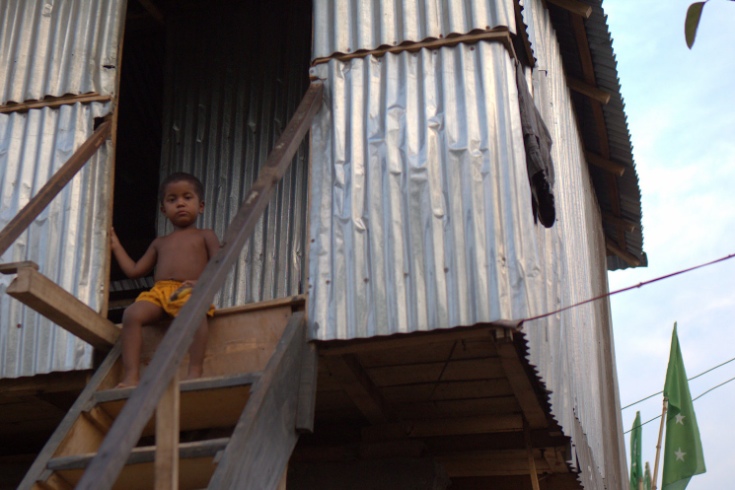

There is a strong sense of community here. And there is a friendliness and warmth of the people, especially the children.

There is a vibrant economy here. Just because someone does not receive a regular paycheck does not mean that they are not bringing money into the households. Fruit stalls, barbershops, cell phone repair stores, small restaurants, machine shops, tuk-tuks. It gives credence to C.K. Prahalad's work about "The Fortune at the Bottom of the Pyramid."
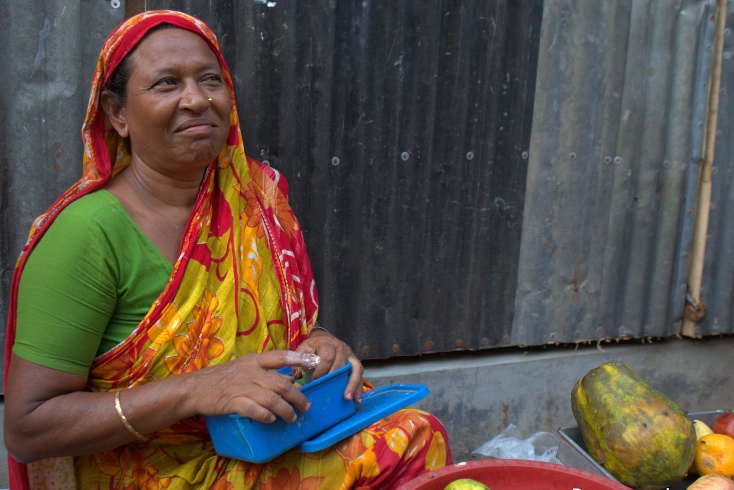


I don’t romanticize slums. The buildings are unsafe, there are health hazards everywhere from how people cook to where families get water to the flying toilets- plastic bags filled with waste that are tossed into the street. But these are communities. They cannot simply be eradicated.

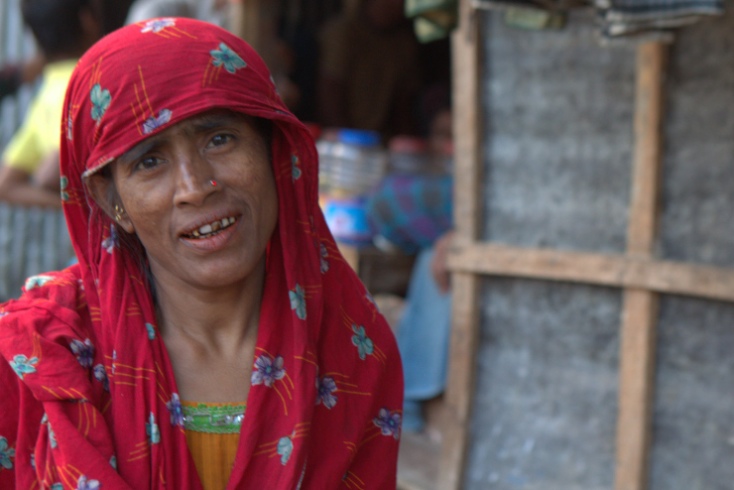
When I returned back to the hotel, everyone was glued to the television set. Rana Plaza had collapsed. I knew that many of those factory workers killed came lived in Dhaka’s slums, such as Korail. And I knew that the issues of the strength of the buildings went much deeper than the factory buildings. It went to where people lived, and how they lived.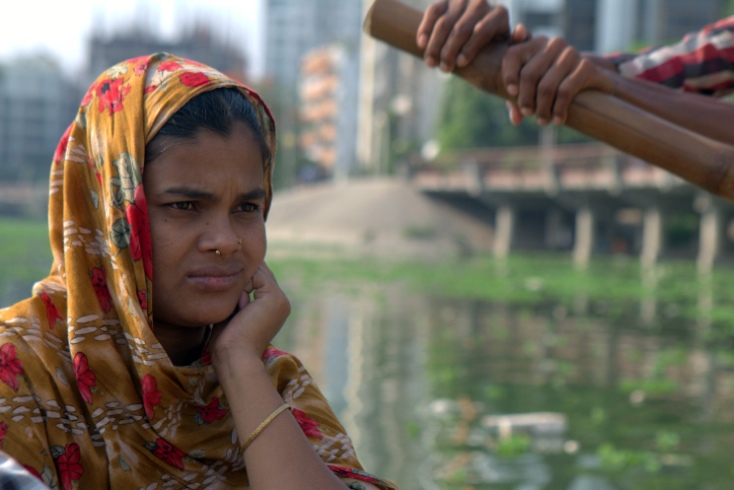
I thought of Haiti where nearly a quarter of a million people lost their lives in Haiti in the 2010 earthquake, where many of the buildings in Port au Prince were built informally and were not sound. Dhaka has a high level of informal construction, too, but is far larger and sits in an area of the world highly prone to earthquakes and flooding. The tragedy of Rana Plaza rightly shed light on factory conditions and pushed the world for improvements. What will it take to shed light on how people live?
